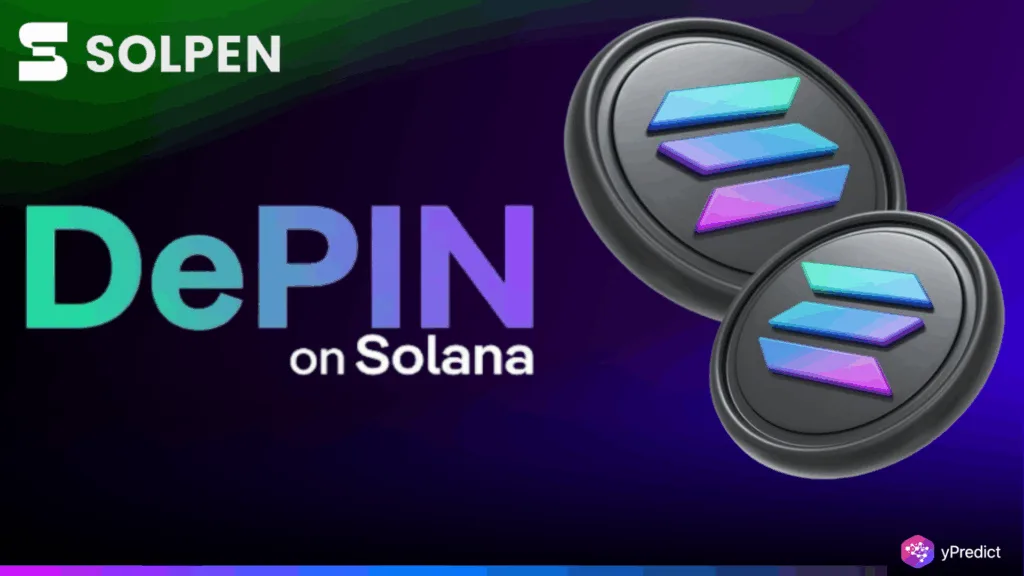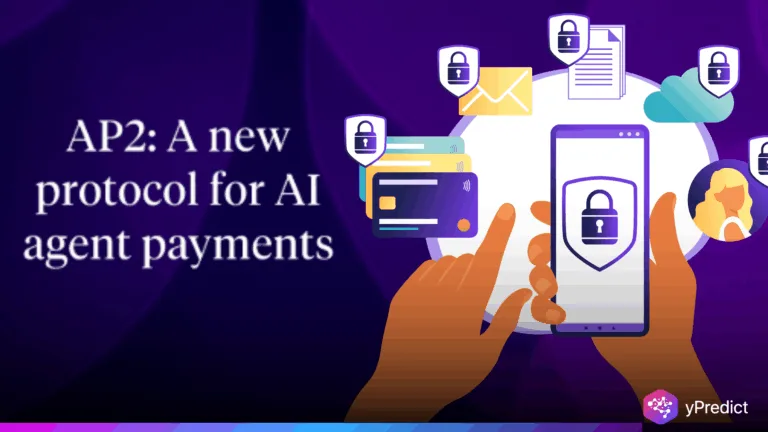
A new partnership between CodexField and Solpen is turning heads in the Web3 space by merging AI, blockchain, and physical infrastructure. The duo is using Solana’s blockchain to power a decentralized physical infrastructure network (DePIN) built around Solpen’s Sprite wearable device. Sprite collects real-world data and uses AI to analyze it, rewarding users with tokens for their contributions. This model could redefine how we interact with the Internet of Things. At the same time, Solpen’s DAO structure allows for community-led governance. Aiming to make AI-backed, token-incentivized physical infrastructure more accessible and transparent.
How Sprite Wearables and DePIN Aim to Transform IoT Infrastructure
CodexField has collaborated with Solpen based on their Sprite wearable. This feeds real-time data on a user’s living conditions and physical activity. The data is broadcast to decentralized networks with the help of the Solana fast blockchain at low cost. Where AI models translate the inputs and reward token users. These rewards operate as motivation, which means that more people will be convinced to put in their contribution and create the data layers so that the smart city and the IoT system can operate effectively. This design fits into the broader DePIN concept, Decentralized Physical Infrastructure Networks. Which shifts control of physical tech from corporations to open networks.
By replacing centralized servers with peer-driven data exchange, DePIN can boost efficiency and lower costs. A 2023 (unverified) study suggested up to 30% gains in IoT efficiency through this model. Solana-based company CodexField, which has been dealing in AI integrations, brings the algorithmic spine to Sprite, enabling the machine to do more than simply present numbers; it creates individualized understanding and smart, actionable recommendations. Examples are the optimization of irrigation; in health, they could enable real-time biometric warnings. This integration of AI, real-world data, and DePIN makes Sprite a physical entry point to the evolving Web3 landscape.
DAO Governance and the Rise of Community-Driven Infrastructure Projects
Sprite’s potential isn’t just technical; it’s political. Solpen is integrating its wearable into a DAO-based governance system that lets token holders and users help steer the platform’s evolution. These decentralized autonomous organizations rely on blockchain-based voting mechanisms to decide upgrades, incentives, and rules. What’s new here is the addition of AI into that decision-making. Solpen plans to use algorithmic models to analyze user data and preferences to inform DAO proposals, blending machine intelligence with human input. This model aligns with a broader trend: community-run infrastructure.
According to a 2024 trend (though not directly verifiable), community-driven tech projects rose by 25%, signaling a shift toward systems where users have actual stakes and influence. Combining that with token rewards and physical data gathering could create feedback loops that scale fast. Theoretically, as Sprite wearers walk, work, and move through their environments, they’re also helping shape how the platform works, from policy to incentives. That’s a radically different governance structure from the centralized Web2 model, and if effective, it could set a new standard. By merging AI, DAOs, and physical sensors, the CodexField–Solpen partnership offers a blueprint for decentralized infrastructure with real-world reach.
A Blueprint for Real-World Utility in a Tokenized Future
The CodexField and Solpen collaboration moves Web3 beyond hype into real-world use cases. With Solana’s infrastructure, Sprite wearables, and AI-guided governance, the project touches everything from healthcare to smart cities. It blends physical and digital systems into a single feedback loop: users provide data, AI extracts value, and blockchain rewards participation. The DAO model ensures this evolution stays community-guided. While more proof is needed, the direction is clear: Web3 may soon mean more than NFTs and DeFi. It may power the very systems we live, move, and work in every day.






